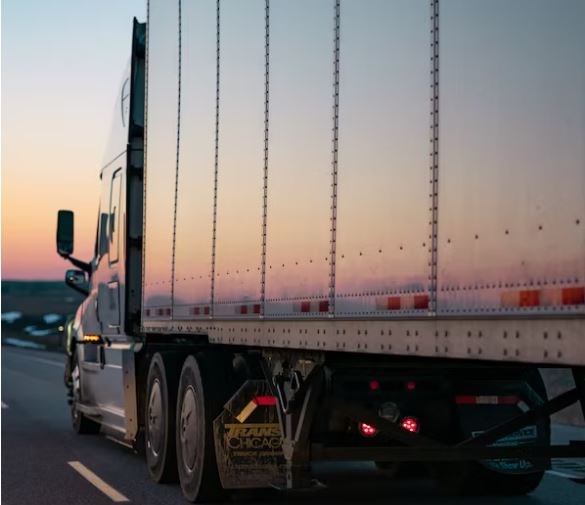THUNDER BAY — Truck drivers have identified unsafe passing by other vehicles, a lack of rest areas, and poor training as key issues impacting safety on Highways 11 and 17 in Northern Ontario.
Nearly 700 respondents to a survey conducted by the Ontario Trucking Association also listed a lack of safe passing areas for trucks, and unsafe trucking fleets among their top five concerns.
The OTA launched the survey last fall, saying it was hearing an increasing number of complaints from drivers, fleet operators and others about highway safety, particularly in the North.
According to the industry group, 96 per cent of the 680 respondents said there are persistent problems on the road.
It's reporting the survey results as follows:
|
Top five concerns with driving in Northern Ontario identified by respondents (percentages rounded off) |
|
1. Unsafe passing by other vehicles - 84% |
|
2. Lack of truck rest areas - 84% |
|
3. Poorly trained truck drivers - 80% |
|
4. Lack of safe passing areas for trucks - 80% |
|
5. Unsafe trucking fleets - 65% |
|
Top five solutions to address concerns |
|
1. More truck passing and climbing lanes - 79% |
|
2. More truck rest areas - 79% |
|
3. Better trained truck drivers - 79% |
|
4. More oversight of unsafe trucking fleets - 70% |
|
5. More heated washroom access for professional drivers - 59% |
|
(Source: Ont. Trucking Assn) |
OTA chair James Steed said: "OTA believes the government has already taken meaningful action to address some of the issues identified in the survey, but through further collaboration and analysis of the survey data – which encapsulates the real-world experiences of the hard-working men and women who frequently operate in Northern Ontario – even more can be done to improve the highway conditions, commercial vehicle enforcement, and driver training and licensing standards."
The industry association has shared the survey results for further review with provincial and municipal government officials and other stakeholders.
It said it aims to create short-term and long-term solutions to address the issues identified by the industry and its drivers.
In an interview with TBnewswatch, OTA vice-president Geoff Wood said the association is working with municipalities and the Ministry of Transportation to determine where new truck rest areas could be placed.
"A lot of work's been done. There is an ongoing MTO work plan on that. This will just add to that list, and we hope we can identify some additional areas where we can construct truck parking, not us but the government and our road safety partners," Wood said.
He said the OTA has also developed a strategy to improve commercial truck driver training, coaching and mentoring that would be supported by government funding.
"It's no different than, you know, government supports that would be afforded to other trades, whether's it's, you know, carpenters, electricians. There's a whole host of government initiatives that are available to folks that want to get into those occupations. We're looking for something very similar."
Wood said the OTA hopes to have a plan pinned down in the next six to nine months.
"The goal would be to make funding available to people that are following the rules and doing the right thing, and operating a compliant business model."
When asked about training specific to driving conditions in Northern Ontario, he replied, "We've heard that Northern Ontario, or let's call it geography, is important, and that will be incorporated into some of our thought processes going forward. I can also tell you that winter conditions or weather conditions are some other aspects that we need to wrap our heads around."
There is currently no graduated driver licensing program for drivers of tractor-trailers in Ontario, but Wood said the OTA would like to explore that.
"What does that mean? How can it get incorporated? We have a graduated licensing system in the G-class [driver's licence] world. What could that possibly look like in the commercial world, the Class A world?"
He concluded by saying, "This is evolving and it is a process. This is the beginning of a journey for us as the association, and I want to emphasize the support we have from the government of Ontario and the provincial police.... This is just a continuation of that work."
— TBnewswatch




